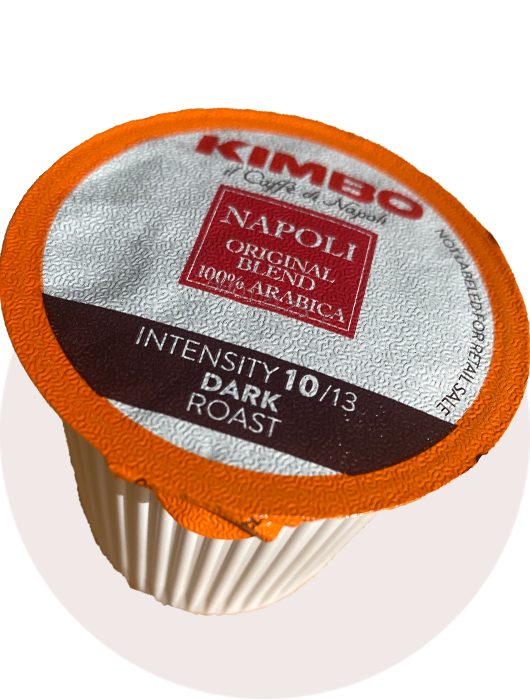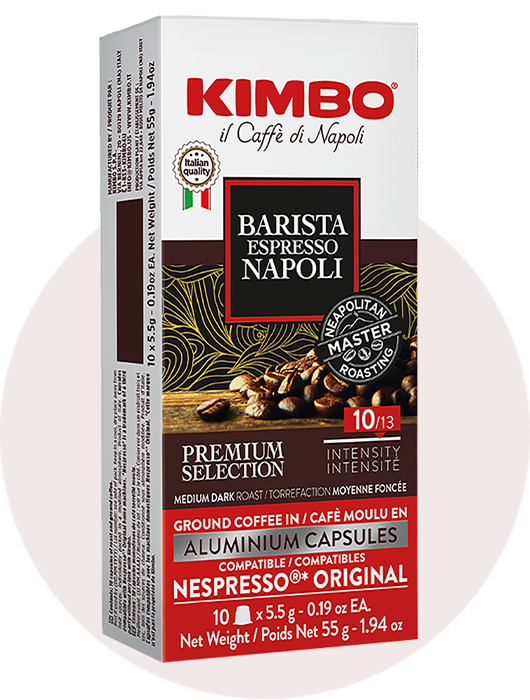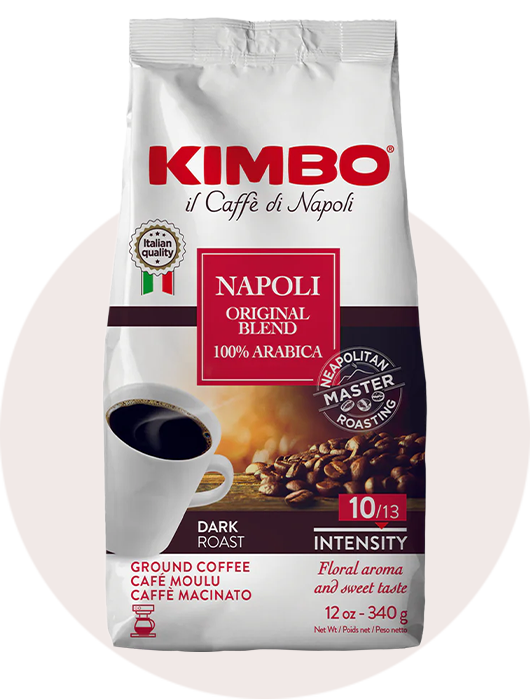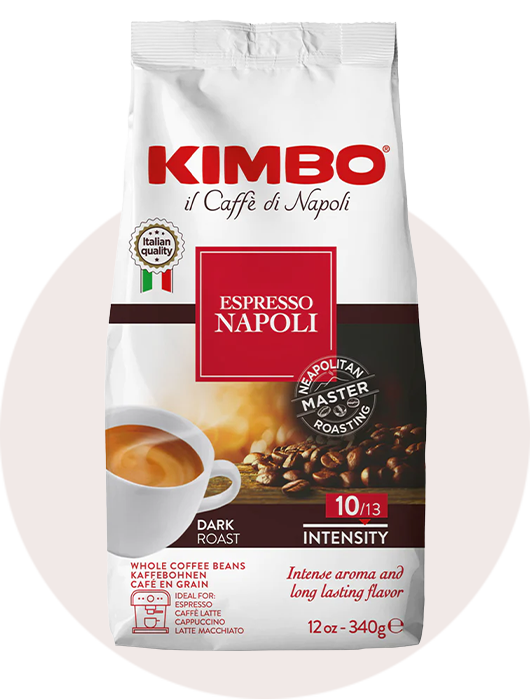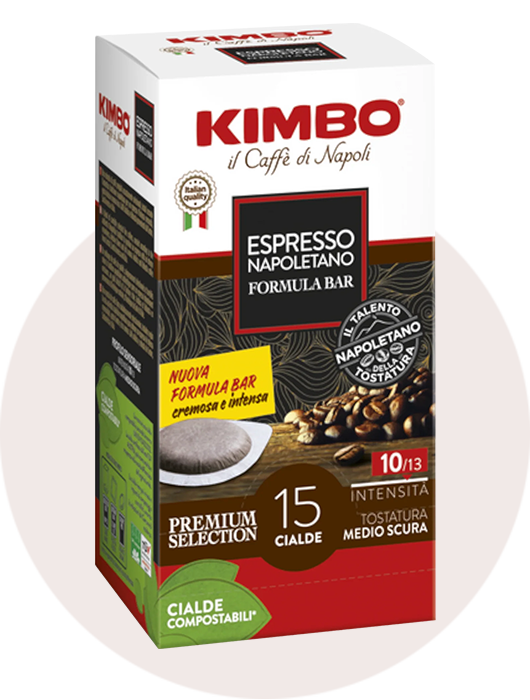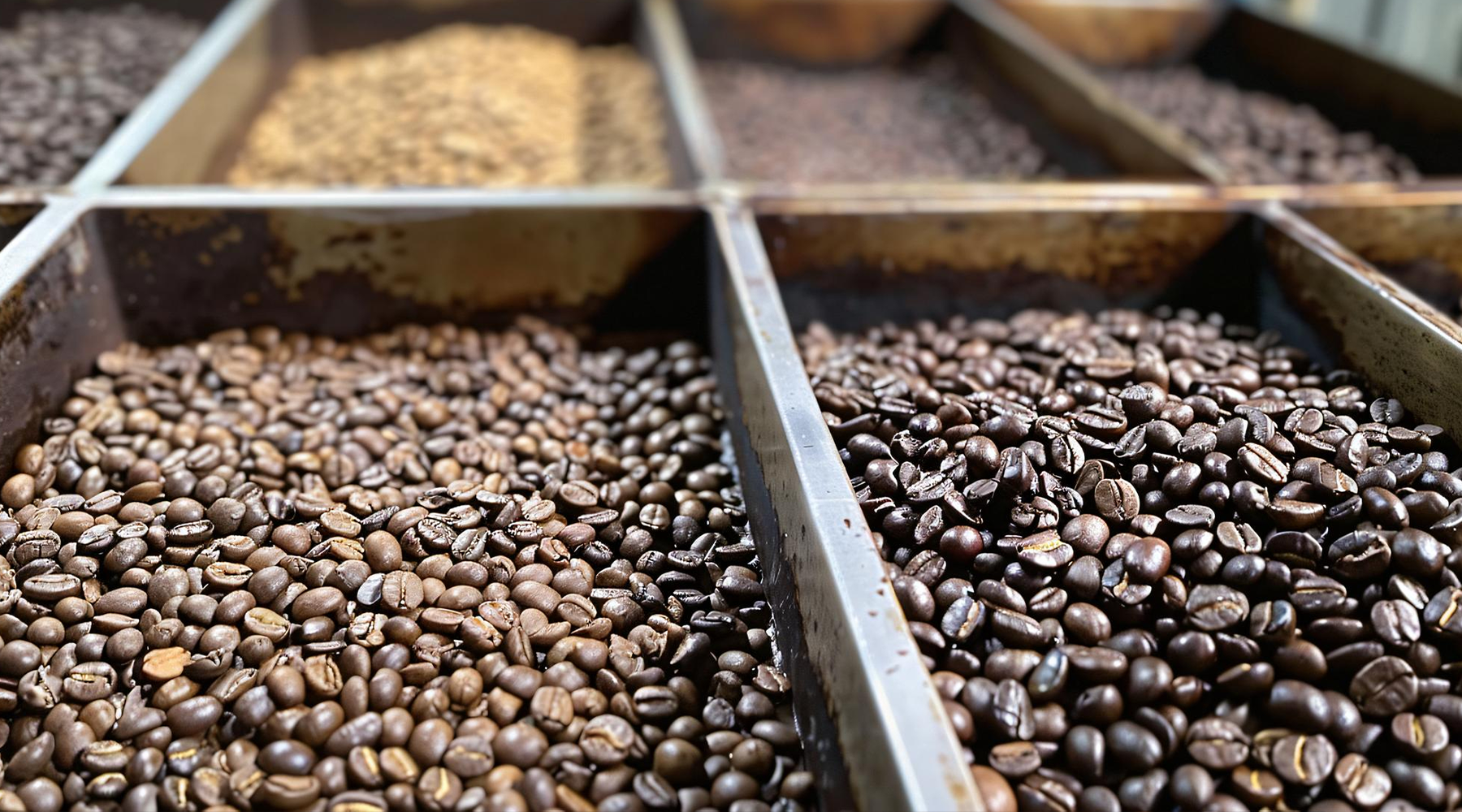Coffee is more than just a morning pick-me-up; it's an experience that stimulates the senses and brings people together. In 2025, coffee lovers are embracing a vibrant array of flavors that span from comforting classics to bold new tastes. As the coffee landscape evolves, understanding the most popular flavors is key for coffee shops, brands, and enthusiasts looking to stay ahead of the curve.
Caramel Takes the Top Spot
Move over, pumpkin spice—there's a new flavor making waves. Caramel has taken the lead in 2025, appearing in 3.6% of all new coffee product launches. With its smooth, buttery taste and wide appeal, it has become a favorite among coffee drinkers worldwide. You'll find caramel in everything from whole coffee beans to seasonal lattes and creamy cold foam drinks. It’s a flavor that resonates with both new coffee drinkers and long-time enthusiasts. Whether you're sipping a caramel macchiato at your local café or enjoying a caramel-infused cold brew at home, this flavor is quickly becoming a go-to choice.
Fruit Flavors: The Surprising Social Media Favorites
In a plot twist that no one saw coming, fruit flavors have become the talk of the coffee town on social media. Strawberry, in particular, has gone viral, racking up an astonishing 8.3 million Instagram posts. This juicy berry is the star of trendy strawberry lattes and pretty-in-pink flavored tea drinks that are almost too cute to drink. Almost.
But strawberry isn't the only fruit making waves in the coffee world. Citrus notes like lemon and orange, stone fruits like peach and apricot, and mixed berry blends are also turning heads. These bright, refreshing profiles offer a delightful contrast to coffee's natural bitterness, making them especially popular in iced drinks and cold brews.
Pumpkin Spice: Dethroned but Still Beloved
Pumpkin spice, the flavor that launched a thousand memes, may have been knocked off its pumpkin-shaped throne, but it's far from forgotten. This cozy blend of cinnamon, nutmeg, ginger, and clove still conjures up all the warm fuzzies of fall.
While it's no longer the #1 flavor, pumpkin spice remains a seasonal sensation, popping up in lattes, frappuccinos, and baked goods as soon as the leaves start to turn. It's the coffee equivalent of a chunky knit sweater—comforting, familiar, and impossible to resist on a crisp autumn day.
Floral Notes Blossom in Lattes and Beyond
In 2025, coffee is coming up roses—and lavender, and jasmine. Floral flavors are blooming in coffee shops and home kitchens, adding an elegant, aromatic twist to traditional coffee profiles.
Lavender is leading the floral trend, with a staggering 8.1 million Instagram posts dedicated to this soothing purple flower. Lavender lattes have become a go-to for those seeking a more delicate, tea-like coffee experience. The light, complex flavor of lavender pairs beautifully with plant-based milks like almond and oat, making it a hit with dairy-free coffee lovers.
Other floral notes like rose and jasmine are also making their way into specialty coffee drinks, syrups, and even coffee beans. These profiles offer a sophisticated alternative to sugary sweet flavors, appealing to those who crave a touch of luxury in their daily brew.
The Spice Spectrum: From Cinnamon to Cardamom
Spice is nice, and coffee drinkers are embracing a wide range of warm, exotic flavors in their cups. Cinnamon, a classic coffee companion, is the 7th most popular solo flavor, featured in 5.2 million Instagram posts. This sweet, woody spice is integral to beloved fall and winter drinks like cinnamon lattes and spiced mochas.
But cinnamon is just the tip of the spice iceberg. Cardamom, a staple in Turkish and Middle Eastern coffee traditions, is gaining global popularity for its complex, slightly sweet flavor. Clove and ginger are also on the rise, adding depth and heat to spiced lattes and chai-inspired beverages.
The appeal of spices in coffee lies in their ability to add warmth and intrigue without overpowering the bean's natural flavor. They offer a welcome alternative to sugary syrups, giving coffee drinkers a more adventurous way to spice up their daily grind.
Functional Flavors: Wellness Meets Indulgence
In 2025, coffee is no longer just about flavor. It's becoming a way to support overall wellness. Ingredients like adaptogenic mushrooms, turmeric, collagen, and protein are showing up in coffee, giving your daily cup a healthy twist.
Mushroom powders (e.g., reishi, lion’s mane) are appearing in coffee. Some consumers enjoy their earthy profile. These earthy, slightly bitter flavors may take some getting used to, but health-conscious coffee drinkers are embracing the shroom boom with open arms.
Turmeric-forward lattes offer a warm, spicy profile. Often blended with cinnamon, ginger, and creamy plant-based milks, these sunny lattes offer a nourishing alternative to traditional coffee shop fare.
Collagen or protein add-ins are popular for taste and texture preferences. These add-ins are often paired with rich flavors like chocolate and vanilla, creating decadent yet nutritious drinks that feel more like dessert than a health supplement.
The rise of functional flavors reflects a growing desire for coffee that does more than just wake you up. By blending wellness with indulgence, these innovative ingredients are redefining what it means to enjoy a guilt-free cup of joe.
Natural Is the New Normal
Gone are the days of artificial syrups and mystery ingredients. In 2025, coffee lovers are demanding clean, natural flavors that they can feel good about sipping.
This shift towards transparency is driving a surge in single-origin coffees that showcase the inherent flavor notes of specific regions and farms. From the bright, citrusy beans of Ethiopia to the smooth, chocolatey profiles of Colombia, these coffees offer a taste of terroir in every cup.
Even flavored coffees are getting a natural makeover, with brands swapping synthetic syrups for real ingredients like vanilla beans, cinnamon sticks, and dried fruit pieces. This clean-label approach not only enhances the quality and depth of flavor but also appeals to consumers who prioritize health and sustainability.
Classics That Can't Be Beat: Vanilla, Mocha, Hazelnut
Amidst all the buzz about funky coffee trends and superfood add-ins, let's not forget the flavors that started it all. Vanilla, mocha, and hazelnut may not be groundbreaking, but they remain beloved staples in coffee shops and kitchens around the world.
Vanilla, in particular, is a social media juggernaut, claiming the #1 spot with a whopping 9.9 million Instagram posts. Its subtle sweetness and versatility make it a universal favorite, equally at home in a creamy latte or an iced coffee on a hot summer day.
Mocha, the ultimate marriage of coffee and chocolate, continues to satisfy those who crave a dose of decadence in their daily brew. Whether it's a classic mocha latte or a chocolate-drizzled blended iced coffee, this flavor never fails to hit the sweet spot.
Hazelnut, with its rich, nutty depth, rounds out the holy trinity of coffee classics. Its toasty, slightly sweet profile pairs perfectly with both dark and light roasts, making it a year-round favorite for coffee lovers of all stripes.
These timeless flavors may not be trendy, but they're the backbone of the coffee world for a reason. They offer a comforting sense of familiarity and nostalgia that no amount of lavender or lion's mane can replace. In a world of constant change and innovation, sometimes all you need is a trusty vanilla latte to make everything feel right again.
The Future of Coffee Flavor: Predictions and Opportunities
So, what's next for the ever-evolving world of coffee flavor? If the trends of 2025 are any indication, the future will be a delicious dance between tradition and innovation.
We can expect to see classic flavors like vanilla, mocha, and hazelnut holding strong, even as new and exciting profiles emerge. These tried-and-true favorites will continue to provide a comforting anchor for coffee lovers, even as their taste buds grow more adventurous.
At the same time, the wellness-driven coffee movement shows no signs of slowing down. Functional-style ingredients (e.g., mushroom powders, spices, or protein) will continue to make their way into our cups, transforming coffee into a multitasking marvel that fuels both body and mind.
Global flavors will also play a bigger role in shaping coffee trends, as consumers seek out new and authentic taste experiences. From the spice markets of Morocco to the tea houses of Japan, traditional flavors and preparation methods will inspire a new generation of coffee creations that transport the senses.
The most exciting frontier in coffee flavor might be the intersection of science and creativity. As our understanding of coffee chemistry grows, so too will our ability to craft flavors that push the boundaries of what's possible. From lab-grown coffee beans to high-tech extraction methods, the future of coffee flavor is limited only by our imagination.
For coffee brands and shops, this presents a dizzying array of opportunities to innovate and differentiate. The key will be finding the right balance between familiarity and novelty, health and indulgence, local and global. By staying attuned to consumer preferences and cultural shifts, savvy coffee professionals can create flavor experiences that resonate on a deep, emotional level.
Conclusion
The coffee flavors of 2025 tell a story of a world in flux, where comfort and adventure, wellness and indulgence, tradition and innovation all collide in a cup. As consumer tastes evolve and new trends emerge, one thing remains constant: the pure joy of a perfectly flavored brew.
Whether you're a die-hard pumpkin spice fan or a lavender latte aficionado, there's never been a better time to explore the wonderful world of coffee flavor. So go ahead, take a sip, and savor the delicious possibilities that await. The best cup is always the one that brings a smile to your face and a spring to your step. Happy brewing!
